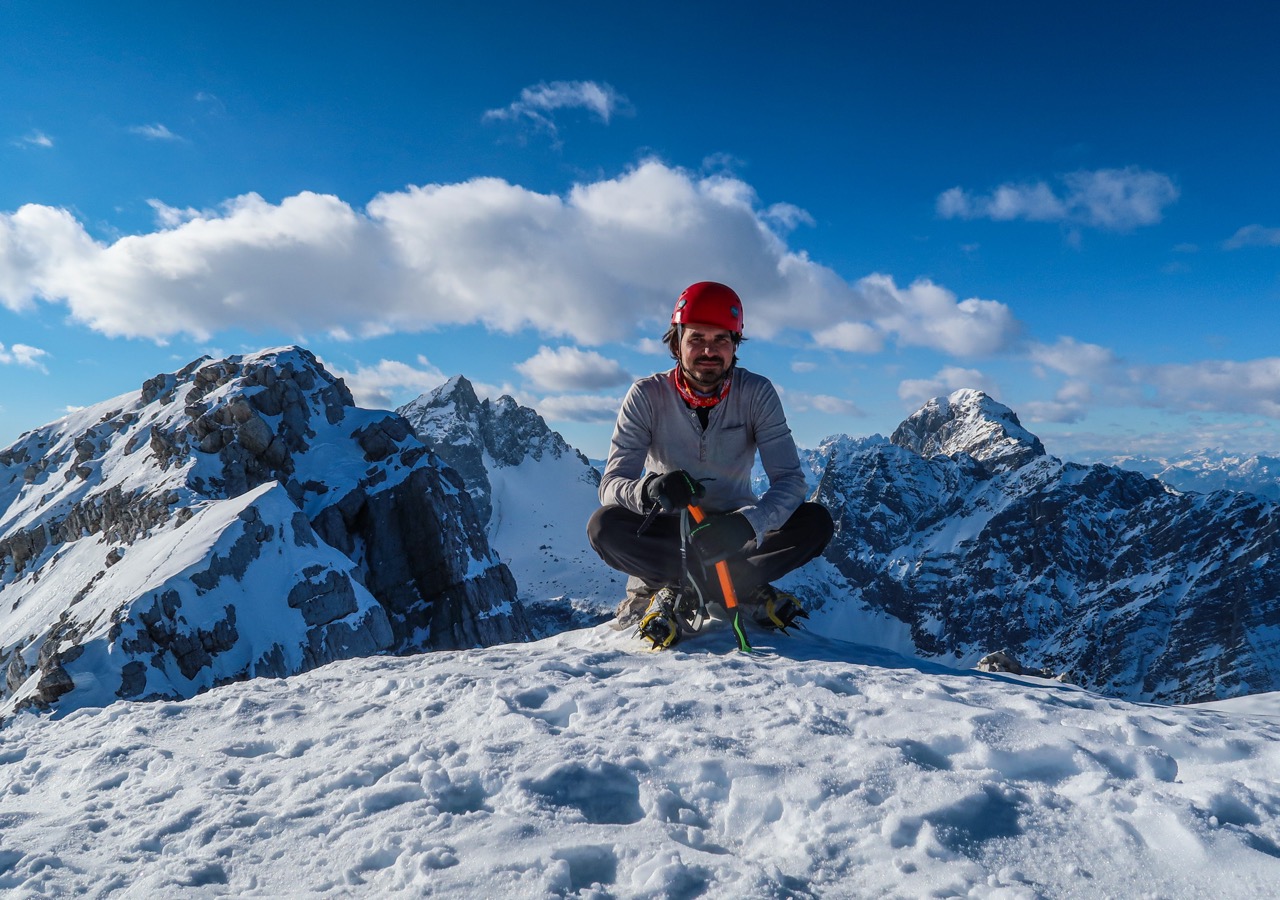Crt Birsa – Imagistic Light
Posted on May 2, 2023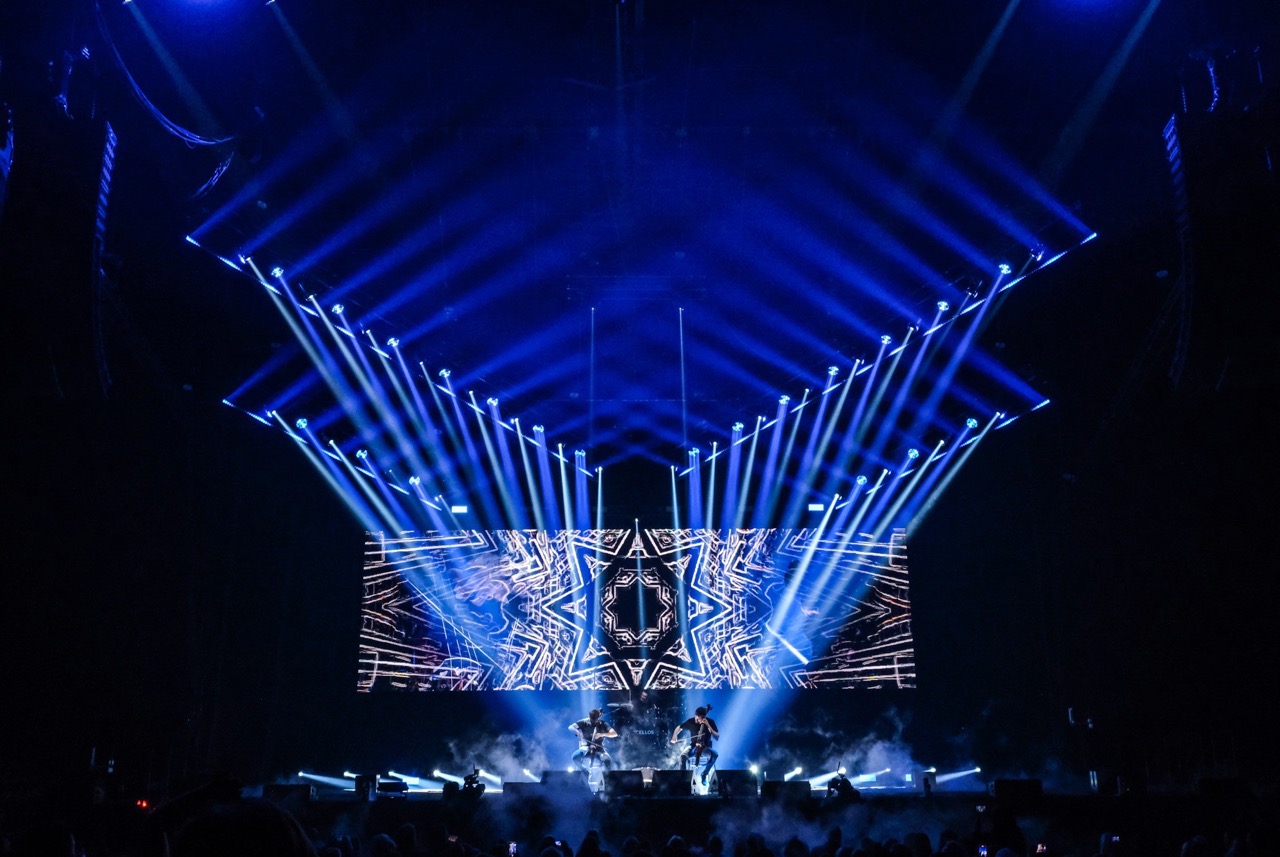
Geometric and evocative with a tantalizing depth that seems to beckon those who see it to step inside a matrix of repeating patterns, this Slovenian designer’s work for tours and video productions bears a striking resemblance to light art. This prompted us to inquire if he’s ever been involved in this genre, to which he replied “every design is an art project.”
Having followed the work he’s done throughout Europe, North America, and Asia, we can readily understand his point. Collaborating closely with scenic designers, like Greta Godnic, Birsa relies not just on brightness, shadows, colors, and movement to support a client’s performance, he also often endows the stage with a distinctive lyrical, poetic quality by placing imagery at the heart of his design.
Such was the case at the MMS Song contest, which was built around the theme “Festival of the Melody of the Sea and The Sun”, when he used light to create a sensation of waves spreading from a central point. At other times, this might mean working with his collaborator to devise visual metaphors for ice crystals, or the internal rotary blades of a machine, all done with the idea of moving audiences through the suggestive power of imagery.
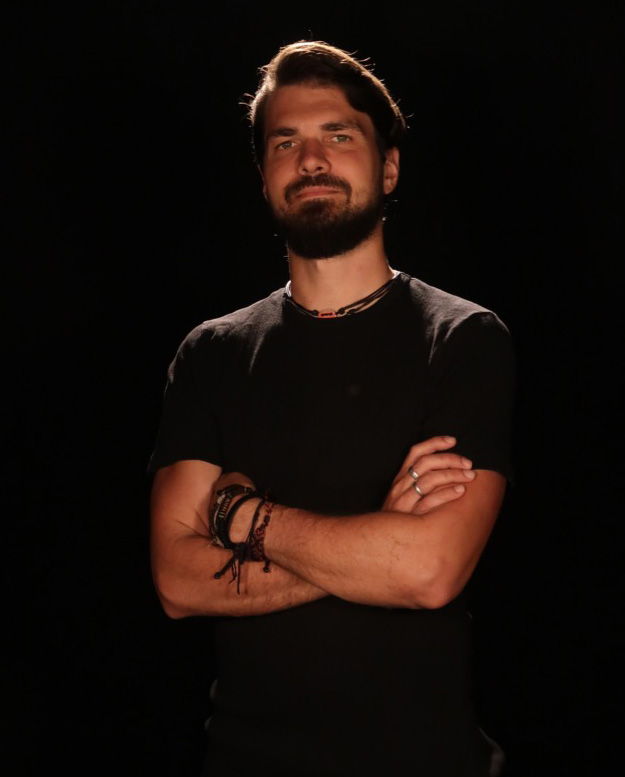 This is not to suggest that Birsa sacrifices the fundamentals of stage lighting for the creation of images. On the contrary, his design process always begins with determining the proper positioning of fixtures for the best lighting coverage. However, it is often through imagery that his designs take on a distinctive artistic quality. Speaking to us from his Blackout Design studio in Ljubljana, he shared his insights into his imagistic power to design.
This is not to suggest that Birsa sacrifices the fundamentals of stage lighting for the creation of images. On the contrary, his design process always begins with determining the proper positioning of fixtures for the best lighting coverage. However, it is often through imagery that his designs take on a distinctive artistic quality. Speaking to us from his Blackout Design studio in Ljubljana, he shared his insights into his imagistic power to design.
You have done quite a bit of work for 2CELLOS , including on their recent and widely celebrated 2022 USA and European tour. Their rock infused sound is quite different than the music typically associated with the cello. As a designer is it different lighting this kind of cello performance than it is a more conventional guitar/drum rock show?
“Well, if I just look at this show as a rock show with the cellos and the drums, then lighting this is not much different than lighting a classic rock show with a full band. Luka’s and Stjepan’s impressive talent and skill to play the cello makes the whole thing sound very full and strong in the final sound picture. What is different, is that the music is solely instrumental. So, because of this, there is a little more room for lights to evolve and fill the space created by the lack of the vocals in the overall experience.”
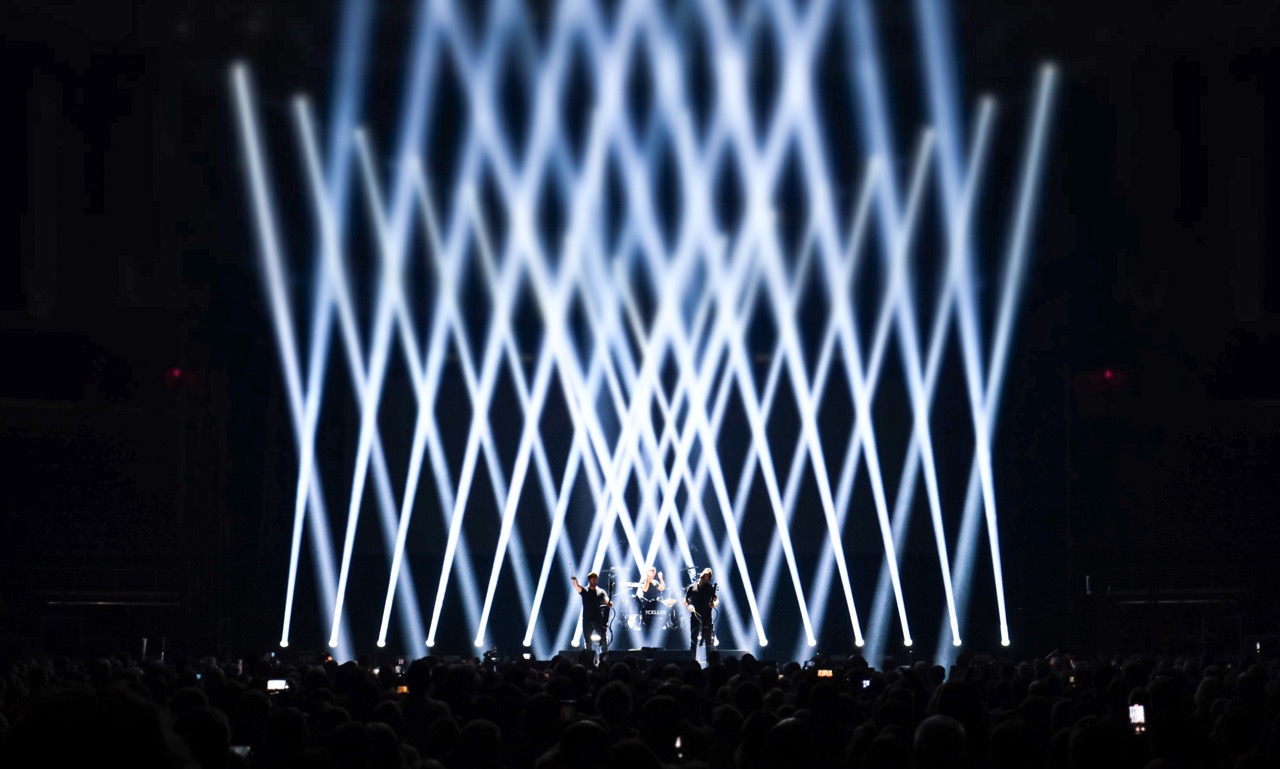
Speaking of 2CELLOS, you did a very successful music video of them playing Bon Jovi’s “Living On A Prayer” during the pandemic. Last time we checked the official video had over 4.1 million views on YouTube. How did that video come about? Did you have more freedom to do things with lighting in a video like that than you do in a live concert?
“For that video the only guideline was ‘we would like to do a video with the lights playing the role in it.’ The video production crew had chosen a very long and abandoned military warehouse for the shoot. I just knew what to do with lighting when I saw the pictures of the place — because of Covid restrictions I could not go and see it, as I was in another country. The venue is different from others I’ve worked at, and I knew I had to enhance the geometry of the structure itself. To do this, I emphasized the tunnel-like image of the space. They also have this song in their setlist and to be honest I drew a bit on this experience, because it works best also for a live show. However, lighting a video is little bit more complex than a live show. Cameras can go anywhere so all angles have to be covered with lighting information, whether bright or dark. A good part is that there is no audience, or even if there is, they act more as a part of the set.”
You also did some memorable work for Portorož festival that featured tunnel imagery. Any thoughts on what it is about tunnels that make them so evocative?
“Tunnels are nice because they don’t end behind the stage. Tunnels gives us perspective, and that makes them more interesting for the lighting. I love long spaces where you can continue the same pattern over and over again.”
In much of your work, such as POPEVKA 2021, you make great use of geometric patterns, often using multiple shapes on stage at the same time. What do you feel geometry adds to a light show.
“The geometry is always present. It goes from straight lines to squares, crosses, triangles etc. It all depends on the set design, truss design and then after you add the focus of beams, spots, etc. When you focus the lights in the right directions due to the set, then you have a good-looking stage. So, it is basically how you assemble all the parts together. But geometry is not always everything; sometimes a few soft lights do much more than one-hundred beams.”
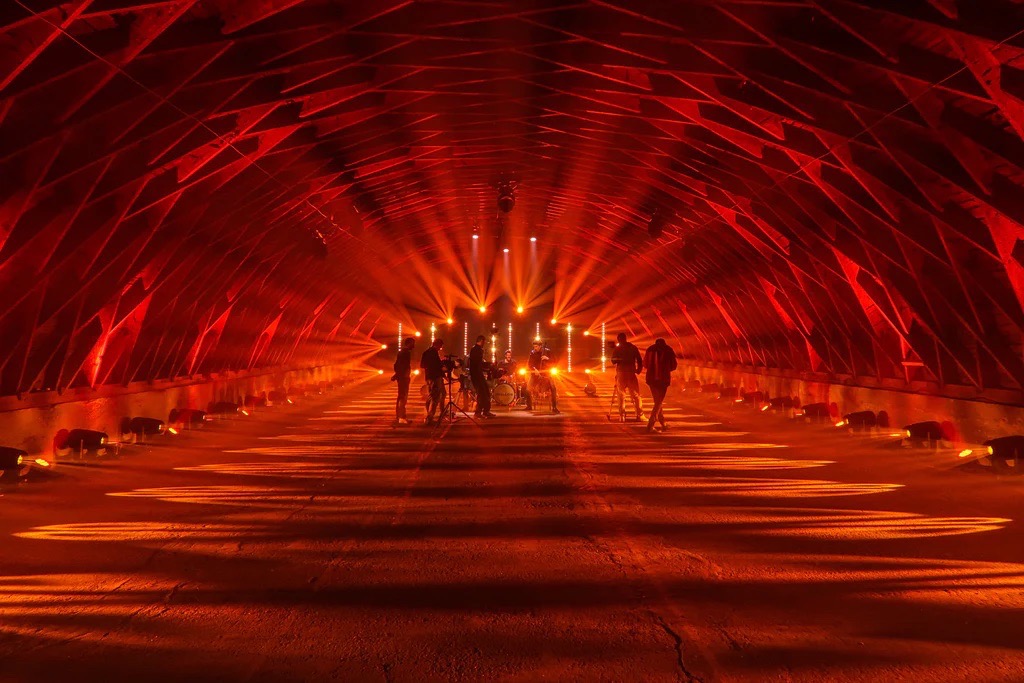
That’s true, but still geometry is a powerful force in many of your collaborations with set designer Greta Godnic. What are the keys to a successful set designer-lighting designer collaboration?
“You have to work closely from the beginning. This way the lights will always be at the optimal place and the set will always be optimally lit. And after so many projects Greta and I know each other very well so we know how other one thinks, which helps a lot and make all the processes easier and faster.”
You often hit the stage with different light angles. Sometimes you seem to envelop performer on stage in a sea of light. How important are unique light angles to your shows?
Actually, I have never thought about it this way. When I do the design or choose where the fixtures will be hung, I always put them where I think it is their optimal position in relation to the given circumstances I’m working under. And then when everything is set up, I program what I think it looks best for the given set/stage. I think this is more a matter of a feeling and art, conveying imagery in light.”
Along those lines, what are the first things you look at once you take on a new project?
“First thing is the stage and set design. I need to find out where everybody wants to stand and how flexible the artists are if there was need for any change. Than the wishes of the production or artist. With all this in mind I start to think what are the essential lighting elements that are really needed for the show. After this I always try to spice things up with some specials that would make the show look better.”
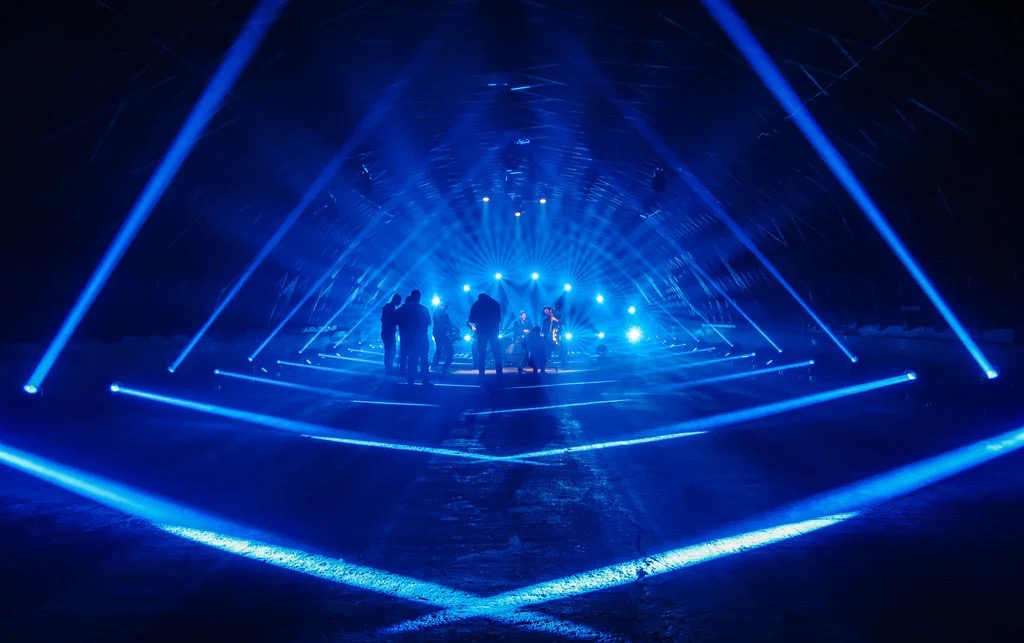
Much of your work has such depth and texture that it almost invites audiences to enter into the set, as if it were a walk-through exhibit. Have you done any light art projects?
“Just one that I remember. I designed a Christmas tree installation out of truss and lit it in red for the “We Make Events” during a Covid lockdown in 2020. But my opinion is that every lighting design is an art project.”
Of all the projects you have done, what are the most memorable?
“Oh, there are many of them! But, if I had to pick a few, they would be 2CELLOS at memorable venues like the Sydney Opera, Red Rocks Amphitheatre, Radio City Hall, Verona Arena, Royal Albert Hall, Marida Stone festival. Also very memorable was Slovenian Eurovision preselection in 2017, Severina The Magic arena tour 2019, and of course other bigger TV projects.”
Is there a Crt Birsa type of lighting design look?
“Well, I do not know. I think my designs are constantly evolving over the years, but people say that they recognize my style.”
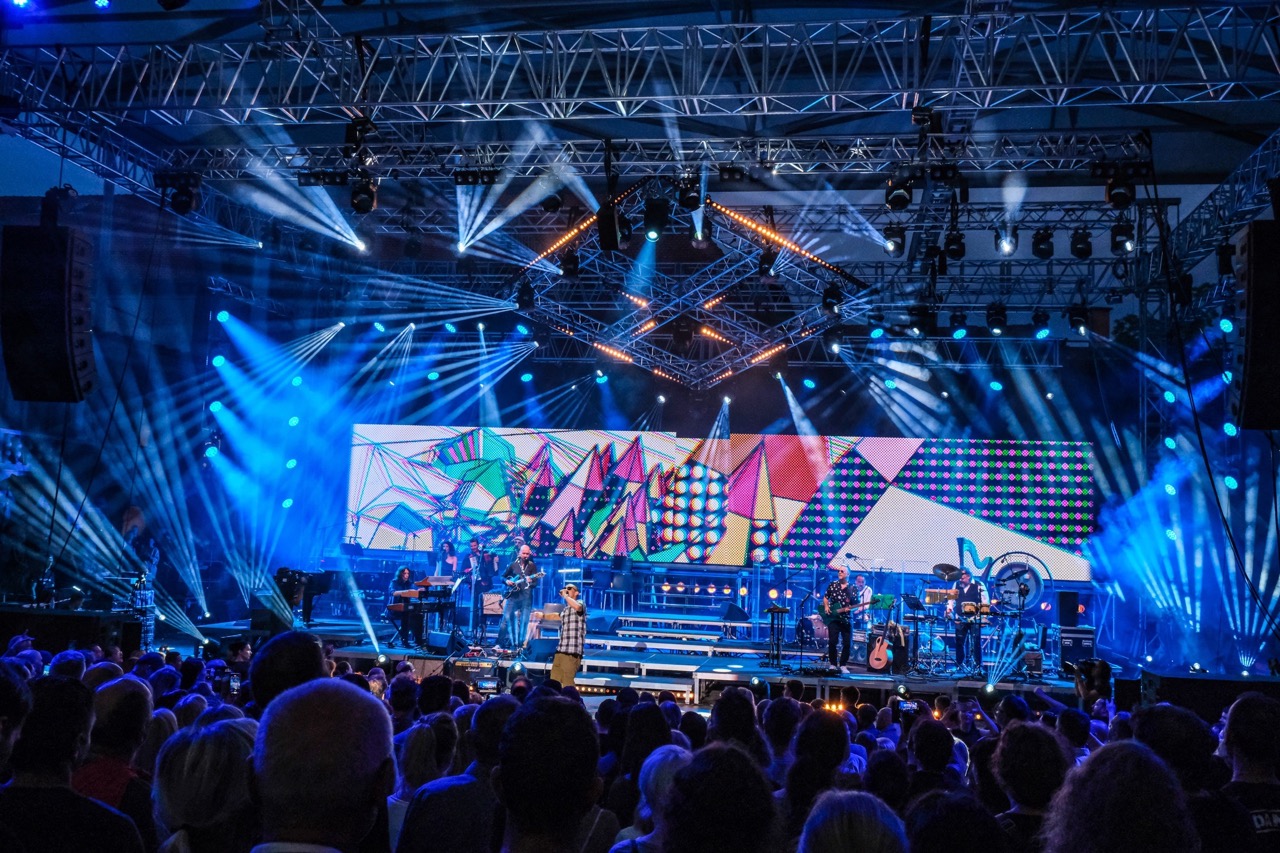
How did you get started in lighting design?
“As a student I was working for a small rental company just to earn some side money. One day the LD was lazy so he showed me which buttons to press on an old lighting desk. He left me all alone for the evening and came back after the show saying that he thinks I have a talent, but I am guessing he was just being nice! But the company started giving me lighting jobs. At those times the biggest show was eight scanners and 12 pars. Still, I developed my interest in lighting — everybody else wanted to be a sound guy — and got myself a few mid-range Slovenian bands to work for them. And after this, it all just kept going in the right direction.”
You were born and raised in Slovenia, a country with beautiful geography and rich history. Has this influenced your approach to design?
“I don’t think so, even though whenever I have time, I run away to the mountains and nature. This is more to clear my mind and take a breath from meeting thousands of people at the shows on a daily basis.”
How would you like to be remembered as a lighting designer?
“I have never thought of this. Probably I need some more experience to figure that out.”
